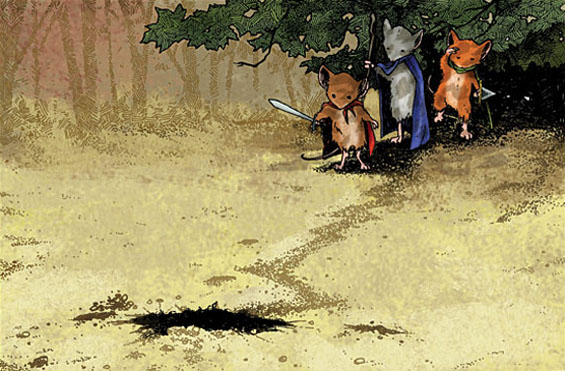
I don’t know why everyone keeps going on about this “Archaia Studios Press” being bought out… I had thought it was the publisher of Publisher of Mouse Guard being bought out… Or at the least, The Publisher of Mouse Guard and they’ve got some good French licenses as well. I mean sure, The Publisher of Mouse Guard is publishing other books, and they’re all produced by nice-enough folks and there’s a general level of quality to the line which speaks well of managing editor Mark Smylie. But The Publisher of Mouse Guard publishes Mouse Guard, which is a phenomenally successful indy publishing story, possibly the best-selling indy comic of the past few years. It’s sold tons and tons in hardcover, and the soft cover edition was published and distributed by an imprint of Random House, Villard Books, which is a pretty big deal. So why hasn’t anyone mentioned Mouse Guard in all of these proceedings, then?

Let’s just throw some actual facts out there:
– ASP apparently had a great, great creator ownership contract. (Except for a strange non-compete clause).
– Mouse Guard sold a fuck-tonne of books, which would mean ASP would either have paid or would owe Mouse Guard creator David Petersen a fuck-tonne of money, because again, that contract was pretty good.
– David Petersen hasn’t updated his blog since July 30th, wherein he won two Eisner Awards. I haven’t seen any public comment from him anywhere throughout this whole ordeal or since that time.
-Â Despite books continuing to dribble out from ASP over the past few months, despite the restructuring, we haven’t seen a new issue of Mouse Guard, with the second series stalled at 3 issues (of a projected six) since February 26th, 2008.
– Mouse Guard is ASP’s best selling book.
– If they’re in a situation of financial uncertainty, and they are publishing books occasionally, why aren’t they publishing their best selling book?
– Everyone, everyone, wants that second Mouse Guard collection. Diamond Book Distributors devoted more of their Book Expo America booth to Mouse Guard as a property than any of the other publishers). You know Diamond wants it. I bet ASP wants that second book. Villard too, probably. Booksellers want it (I want it).

So where is it? I can only imagine that whoever acquires ASP will want that book, that money, and the rights to make toys and cartoons based on the series too, and if I had to hazard a guess, that would be a big part of why we aren’t seeing it… Of course, that brings up the fact that no issues of the series have shipped since the end of February, and the “media rights” contract is a fairly recent development. Something else is going on.
I guess what I’m getting at here is that it’s fascinating that the crown jewel of the ASP line hasn’t been mentioned in any of these discussions; it’s the elephant in the room with an army of tiny adorable mice riding its back. If someone told me all 9 issues of Mouse Guard published to date sold more than every other comic book ASP has published combined, I wouldn’t even blink–I certainly know that’s true for us at the store, in our limited experience. I’d go so far as to say that the vast majority of the reason one would want ASP, and demand partial ownership of all of their properties, is solely to get a hold of Mouse Guard.

So let’s move from statements of fact to a line of questiong:
– What if you were the guy that owned the most successful indy book in years?
– What if your publisher went from a “fair” or even “generous” contract, to one that met the “industry standard” in an industry where that standard wallows in a sewer, rights-wise, most of the time?
– Where you were now expected to give up all of your media rights without so much as a bidding war, despite the fact one is very-much called for?
– Would you sign that contract?
– What if that “Industry Standard Contract” was a lie, in an industry with Image, or First Second Books, or even Villard (with whom you’re already working)? Where not every publisher demands those rights from you? In fact, factoring mainstream book publishers, most pubs don’t make those requests of you.
– What if almost anyone in the industry would publish your book on your terms, just because it would make them so much money on the publishing alone?
– What if not signing the new ASP contract meant that you couldn’t put out your series again for a year, or more, because of a “non-compete” clause in your original contract?
– What if that derailed the intense momentum of your series? Made it so that you couldn’t meet the deadlines of your other contracts with Random House? Severly disrupted your cashflow, your work schedule?
– Would you sign it then?
– How would you feel being put in that position?

It’s very easy to forget the human face behind words like “Strongarm Tactics” and “Industry Standard Contracts”. It’s easy to forget that PR spin is just that: spin. It’s easy to forget that just because someone describes something as “Industry Standard” doesn’t make it true… That just because one creator is willing to sign a bad contract (see: Platinum, Tokyopop, etc.) doesn’t mean that every creator is obligated to. That silence does not mean consent.
So how would I answer my own questions up there? Simply, I’d just go ahead and start publishing again, that second collection through Villard, and let Random House’s massive team of lawyers take all comers… If there were any contention at all of course. Sometimes legal posturing is just posturing. I think that would be the way to go, and it would minimize the interuption to my creativity, my cashflow, and my life. Because it’s coming up on February 26th again soon.

But then I guess we won’t know until The Author of Mouse Guard speaks up. I can’t wait to hear what he has to say.
– Chris
All art from Mouse Guard: Fall 1152, by David Petersen. Theoretically Copyright 2008 David Petersen.


 Mike Sterling over at Progressive Ruin sat down
Mike Sterling over at Progressive Ruin sat down  Moresukine
Moresukine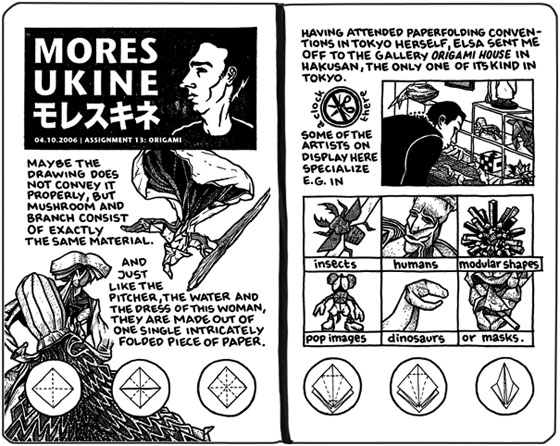
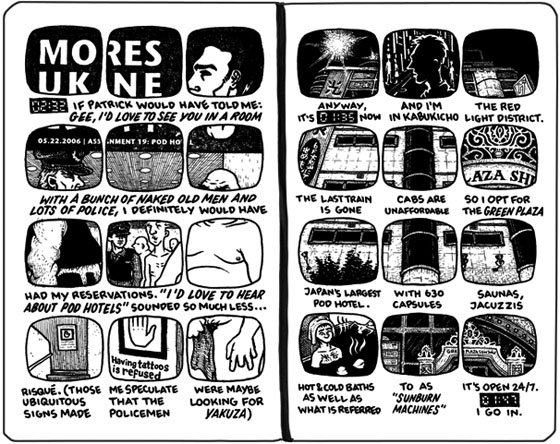
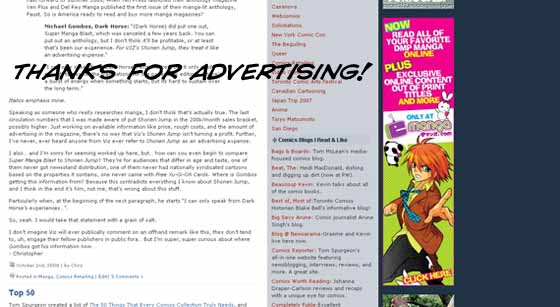
 So, I read
So, I read 
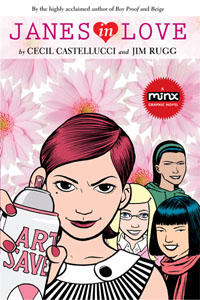 Here’s all the stuff I wanted to say about the Minx shut-down yesterday, but didn’t.
Here’s all the stuff I wanted to say about the Minx shut-down yesterday, but didn’t. 2. The books actually were quite well-supported by DC Comics, up until they weren’t.
2. The books actually were quite well-supported by DC Comics, up until they weren’t. 3. Minx was no half-hearted push into the YA section of the bookstores, it was not a cynical attempt to cash in on the manga market.Â
3. Minx was no half-hearted push into the YA section of the bookstores, it was not a cynical attempt to cash in on the manga market.Â